
Welcome back to the second half of our two part discussion on your authentic voice. If you missed the first half, you might want to pause and go back to that one before coming back here. The first half of the discussion covered how to discover your authentic voice.
And today, we’re diving into how to speak your authentic voice with confidence!
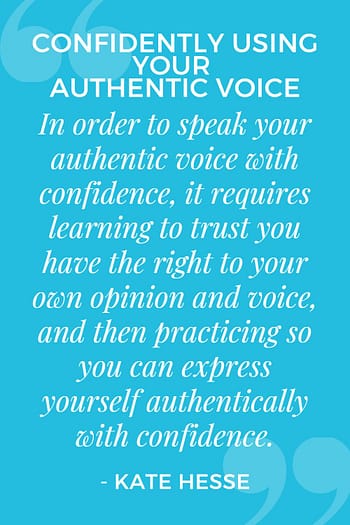 I know simply finding your authentic voice isn’t always enough to begin using it with confidence. Think about driving a car or riding a bike – just because you had a handle on the general concept didn’t keep you from feeling a little nervous the first time you actually did it.
I know simply finding your authentic voice isn’t always enough to begin using it with confidence. Think about driving a car or riding a bike – just because you had a handle on the general concept didn’t keep you from feeling a little nervous the first time you actually did it.
In order to speak your authentic voice with confidence, it often requires learning to trust that you do have the right to your own opinion and voice, and then practicing so you can express yourself authentically with confidence.
Learn to trust that you have the right to your own opinion and voice
Last week we talked a lot about the stories and beliefs which keep your authentic voice muffled. Often, those stories are also barriers that keep you from using your authentic voice once you’ve found it.
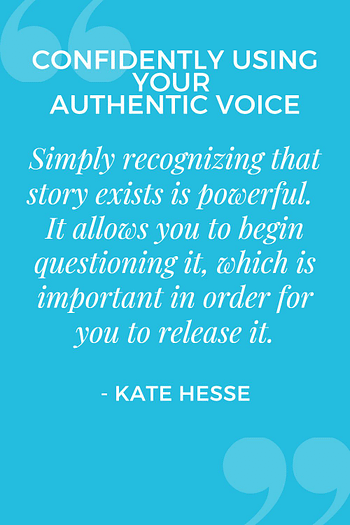 For example, if you identify a belief that in order to be a “good” partner you have to prioritize the needs of your significant other over your own, you might find you struggle to state what you want for dinner or where you want to go on vacation.
For example, if you identify a belief that in order to be a “good” partner you have to prioritize the needs of your significant other over your own, you might find you struggle to state what you want for dinner or where you want to go on vacation.
Simply recognizing that story exists is powerful. It allows you to begin questioning it, which is important in order for you to release it.
Begin asking yourself if it’s really true that to be a good partner your needs always come second. Can you find any reasons why that might not be true? Or why something else might be equally or more true? For example – does your partner feel burdened trying to make those decisions for both of you? Might it not help them out if you vocalized what you wanted or needed?
Seeking support in releasing your stories and beliefs
Working through these stories and beliefs helps you begin to build a trust in your right to have your own opinion and voice. This process requires a lot of self-reflection as well as the ability to step out of your own experience and get some insight into what others are experiencing.
As a result, it can be really helpful to work with a coach who can help you see all the perspectives you might not yet have access to. If that’s something you’re interested in, I’d love to help – book a Personal Roadmap Discovery Call with me to get started!
You can also work through your stories and beliefs with a trusted friend or loved one. Someone who can hold a safe space for you to be vulnerable while also reflecting back to you what you might not be able to see.
Not everyone is in a place where they can do this for you. This isn’t about judging or placing value, it’s simply about bringing awareness to where someone is at in their own journey.
For instance, if many of the stories you’re working through are ones you learned by watching your mom, and your mother is still struggling with the same stories, no matter how loving your relationship is, she might not be in a place where she can help you process and release those stories right now.
Identify the difference between cheerleaders and fearleaders
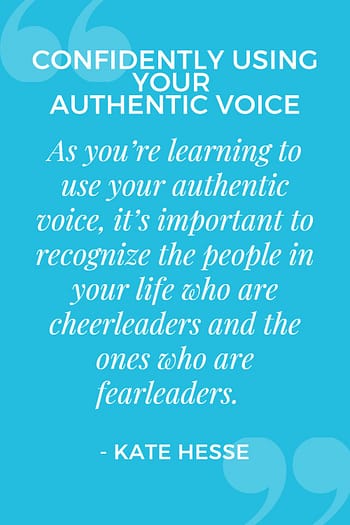 As you’re learning to use your authentic voice, it’s important to recognize the people in your life who are cheerleaders and the ones who are fearleaders.
As you’re learning to use your authentic voice, it’s important to recognize the people in your life who are cheerleaders and the ones who are fearleaders.
Cheerleaders
Cheerleaders are the people who will support you, who will cheer you on as you begin to use your authentic voice.
For example, when you tell a friend you really don’t like the restaurant they picked out for your weekly dinner, they’ll say – “wow – I didn’t know that – thanks for telling me – where would you like to go?”
Fearleaders
Fearleaders are the people in our lives who are struggling with their own stories and beliefs in a way they can’t be there to support you during this part of your journey.
When you tell a fearleader you’ve decided to start painting again because it’s something you loved as a child, they might respond by saying “why would you waste your time doing that – it’s not like you’re going to become a famous artist or anything”.
When you take a step back, this comment is a reflection of the struggle the fearleader is having in giving themselves permission to express their creativity in their own way.
Some people will be cheerleaders across the board, some in specific areas of your life, and others are in a place where they can only show up as a fearleader right now.
Treating fearleaders with compassion
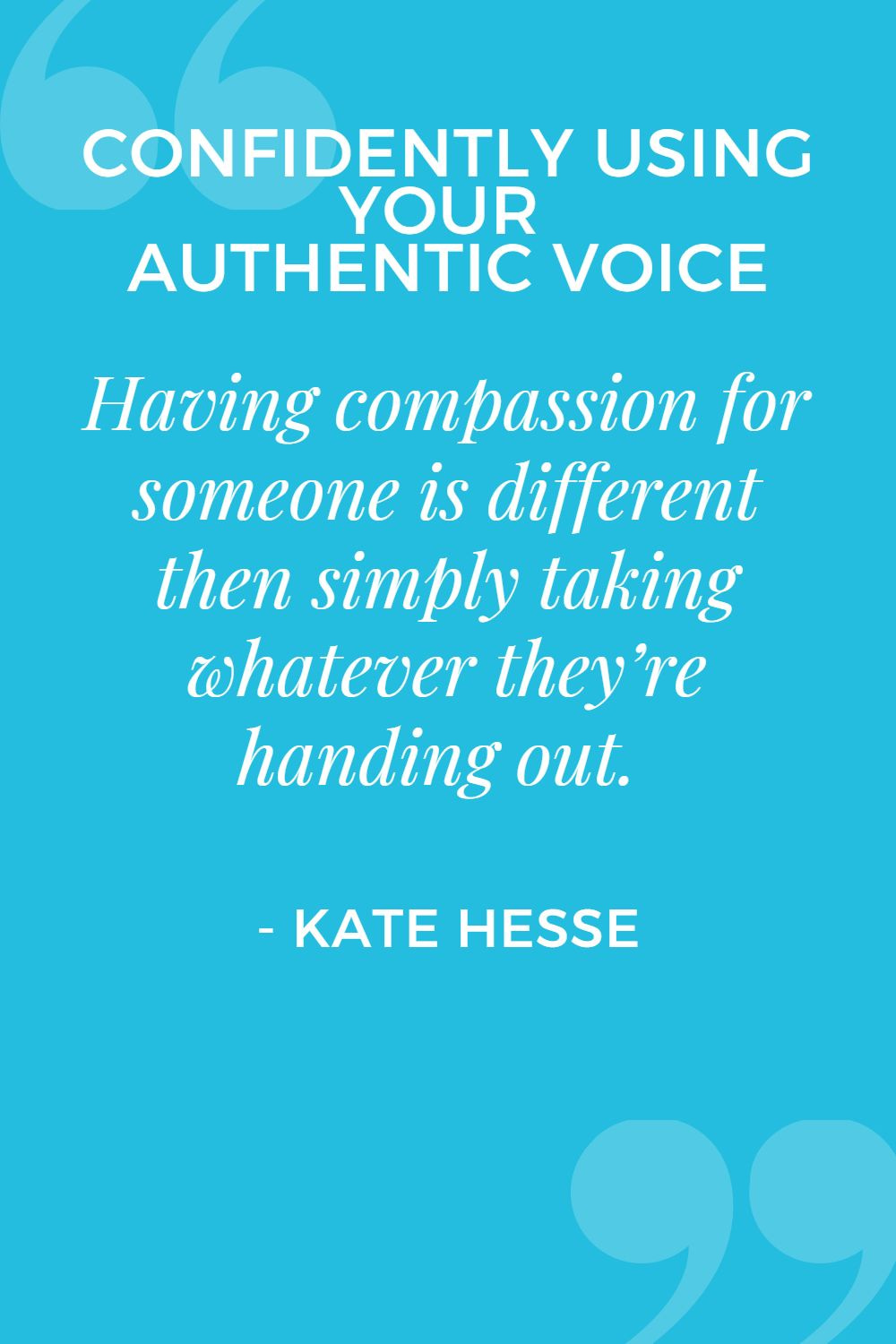 It’s really important to remember that with fearleaders their responses are almost always fueled by their own fears and insecurities.
It’s really important to remember that with fearleaders their responses are almost always fueled by their own fears and insecurities.
They don’t want to be left behind. They don’t want you to grow and change because it makes it painfully obvious when they’re not growing and changing. And usually this is all happening in the background – they might be aware of the feelings it produces, but not usually the thoughts and stories which cause them to react the way they do.
Having said that – while it’s totally appropriate to have compassion for a fearleader – it’s also important to create healthy boundaries around how you engage with them. As you’re learning to use your authentic voice, you may want to focus on conversations where you feel supported and not where you anticipate being met with fear.
Having compassion for someone is different then simply taking whatever they’re handing out. Check out this blog post if you want to learn more about fearleaders and cheerleaders.
Build confidence using your authentic voice
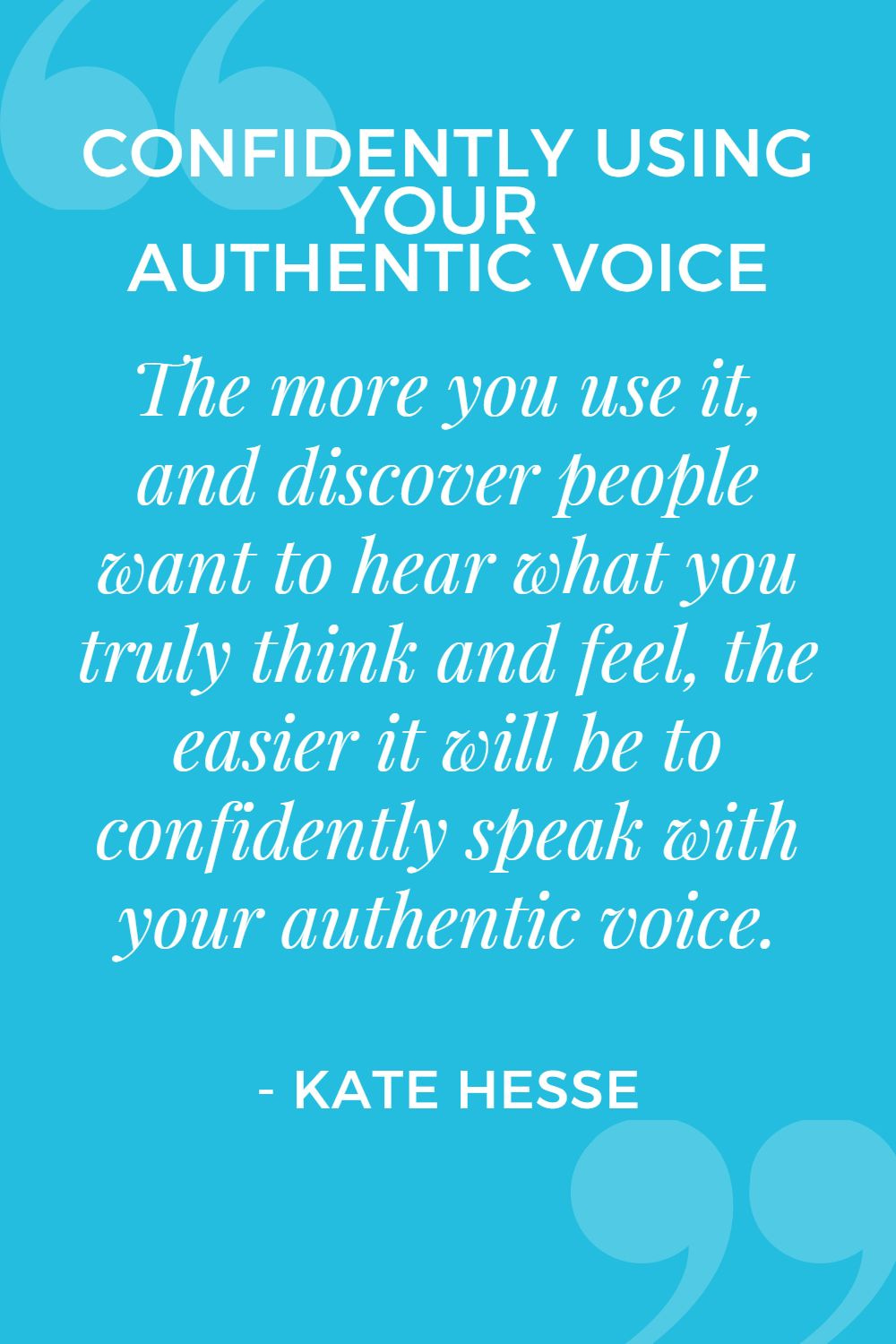 As with most of the things we talk about, the more you do something, the easier it will become and the more comfortable you’ll feel doing it. You’ve got to build up the muscle of using your authentic voice in order to speak with it confidently.
As with most of the things we talk about, the more you do something, the easier it will become and the more comfortable you’ll feel doing it. You’ve got to build up the muscle of using your authentic voice in order to speak with it confidently.
Start out using it with your cheerleaders. It can also be helpful to practice using your authentic voice on decisions that carry a limited weight. Perhaps suggesting the next book your book club reads and letting them know why you think it’s a good pick.
The more you use it, and discover people want to hear what you truly think and feel, the easier it will be to confidently speak with your authentic voice.
Intuition
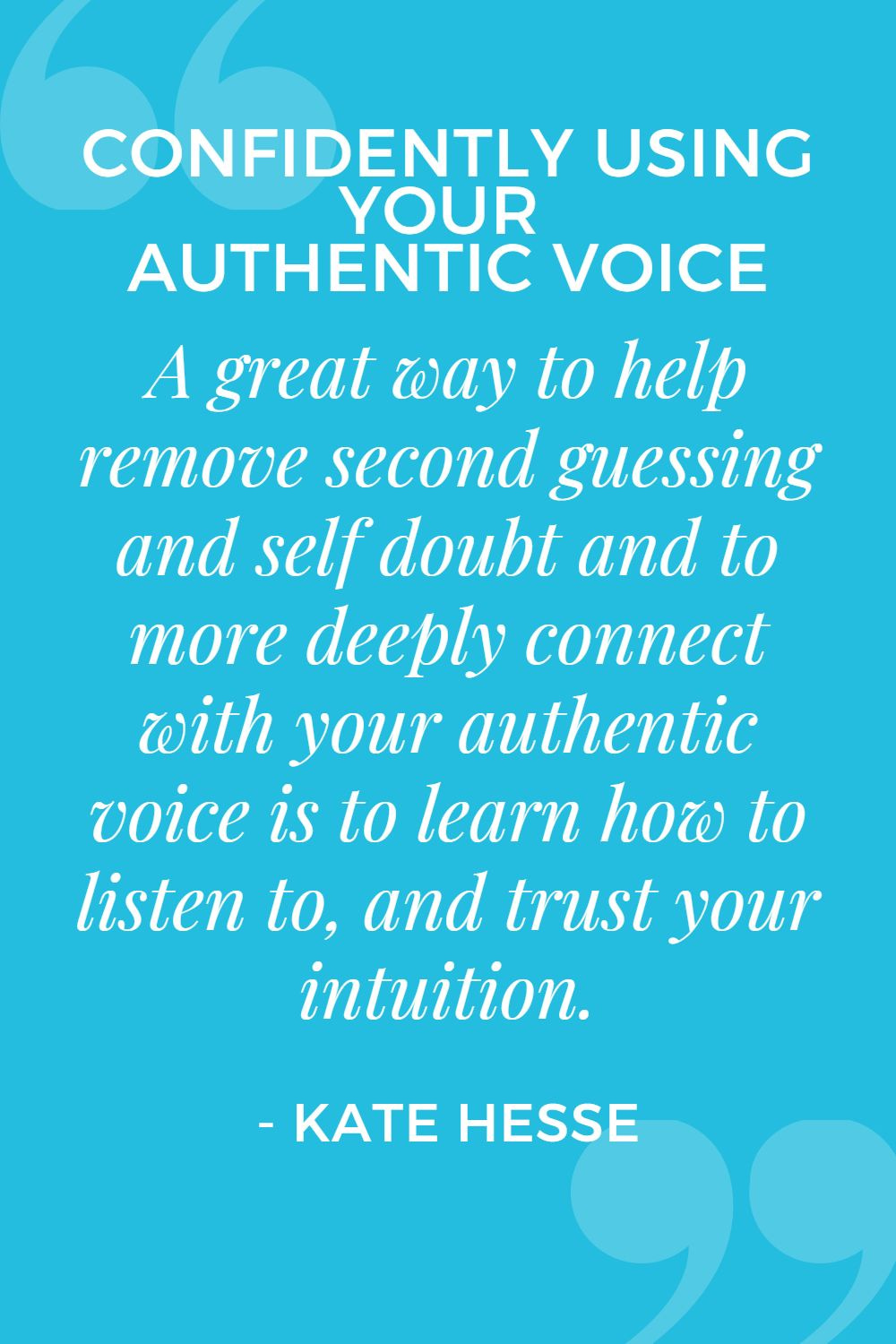 One of the most powerful tools in my toolkit, which helps me speak clearly and confidently, is my connection to my intuition. When I tap into my intuition, I trust the information I’m receiving is in my best interest and I will benefit from acting upon it.
One of the most powerful tools in my toolkit, which helps me speak clearly and confidently, is my connection to my intuition. When I tap into my intuition, I trust the information I’m receiving is in my best interest and I will benefit from acting upon it.
When you start working with your authentic voice, it can be easy to second guess yourself – are you actually speaking with your authentic voice?
A great way to help remove this second guessing and more deeply connect with your authentic voice is to learn how to listen to and trust your intuition.
I covered the science behind your intuition in Episode 7 of the podcast. And if you’re worried you aren’t sure what your intuition sounds like, check out my Intuition 101 Course – I cover several different techniques to help you tap into your intuition and learn to trust the messages it offers. Plus – podcast listeners can save 25% on the course when you use the code PODCAST at registration.
When you regularly use your intuition it allows you to trust that you really are tapping into your authentic voice – and that in turn can bring additional confidence to your ability to speak from that place.
Your biography becomes your biology
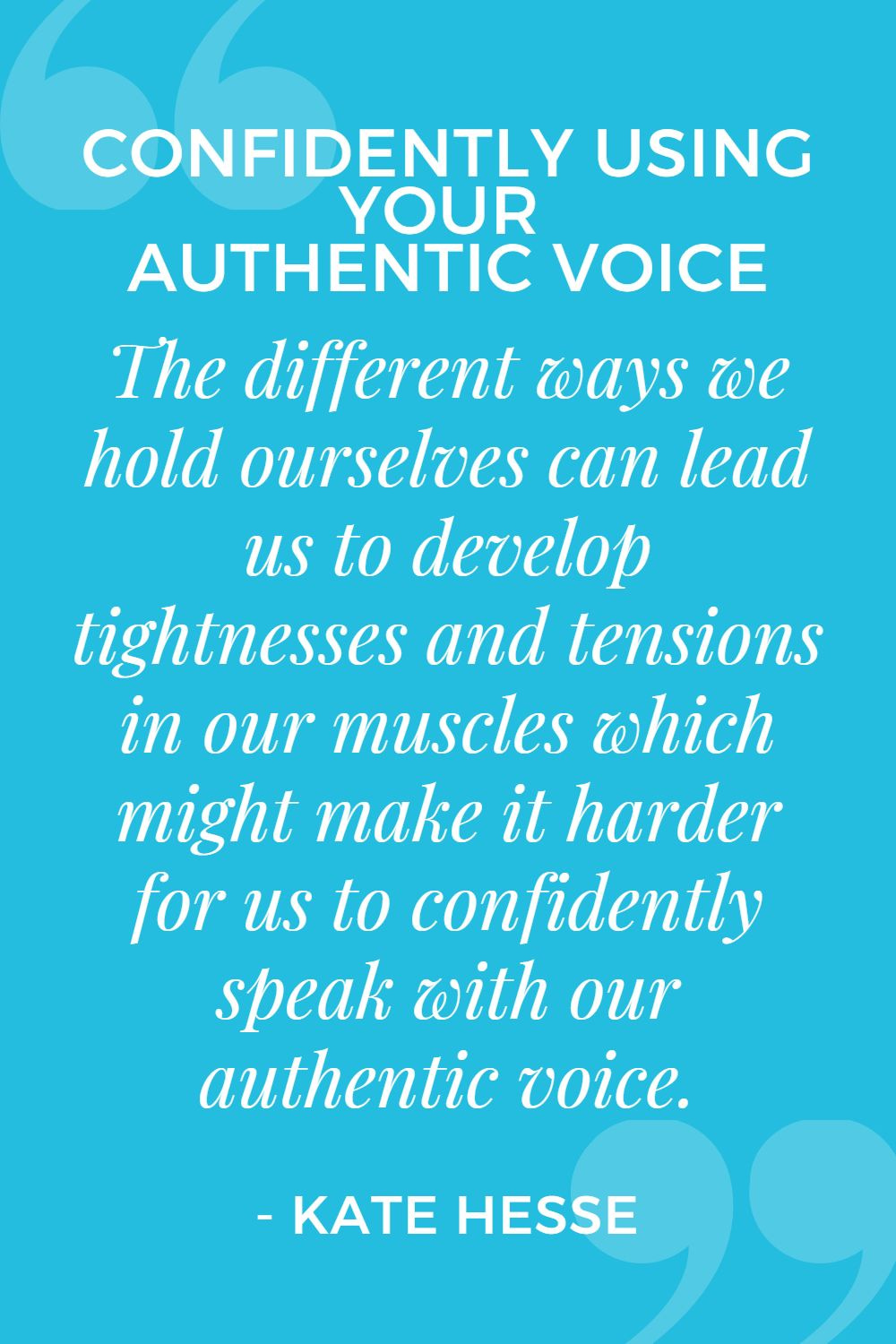 We’ve talked a lot about thinking based tools and techniques to help you build your confidence in speaking with your authentic voice. But there are a number of physical practices which can also be transformative in building this confidence.
We’ve talked a lot about thinking based tools and techniques to help you build your confidence in speaking with your authentic voice. But there are a number of physical practices which can also be transformative in building this confidence.
The reason why is summed up beautifully in this quote from Carolyn Myss “your biography–that is, the experiences that make up your life–becomes your biology. Your body contains your history–every chapter, line and verse of every event and relationship in your life. “
Take a moment and think about how you stand when you feel unsure about what you’re about to say. Or the posture you might have taken when you were speaking from your stories instead of from a place of your authentic voice.
Now think about how you stand when you’re feeling confident in what you have to say. When you know you can speak your authentic voice and it will be heard and respected.
The different ways we hold ourselves can lead us to develop tightness and tension in our muscles which might make it harder for us to confidently speak with our authentic voice.
Releasing restrictions in the body
Think about the parts of your body connected to the actual vocalization of your words. Your throat and jaw are the conduit by which you move air from your lungs and out of your mouth shaping it into words.
And we know there’s a link between the jaw and the hip – during embryonic development the two are connected and remain connected. A study published in the Journal of Manipulative and Physiological Therapeutics actually demonstrated that relaxation in one can lead to a greater range of motion in the other.
So working with throat, jaw, and hip opening exercises can help release some of the tension which might prevent you from speaking your authentic voice with confidence. To help you target these areas, I’ve put together a 30 minute yoga class focusing on releasing physical tension which might be preventing you from using your authentic voice with confidence. It’s the bonus for this week’s episode, check it out below!
Receiving support in confidently using your authentic voice
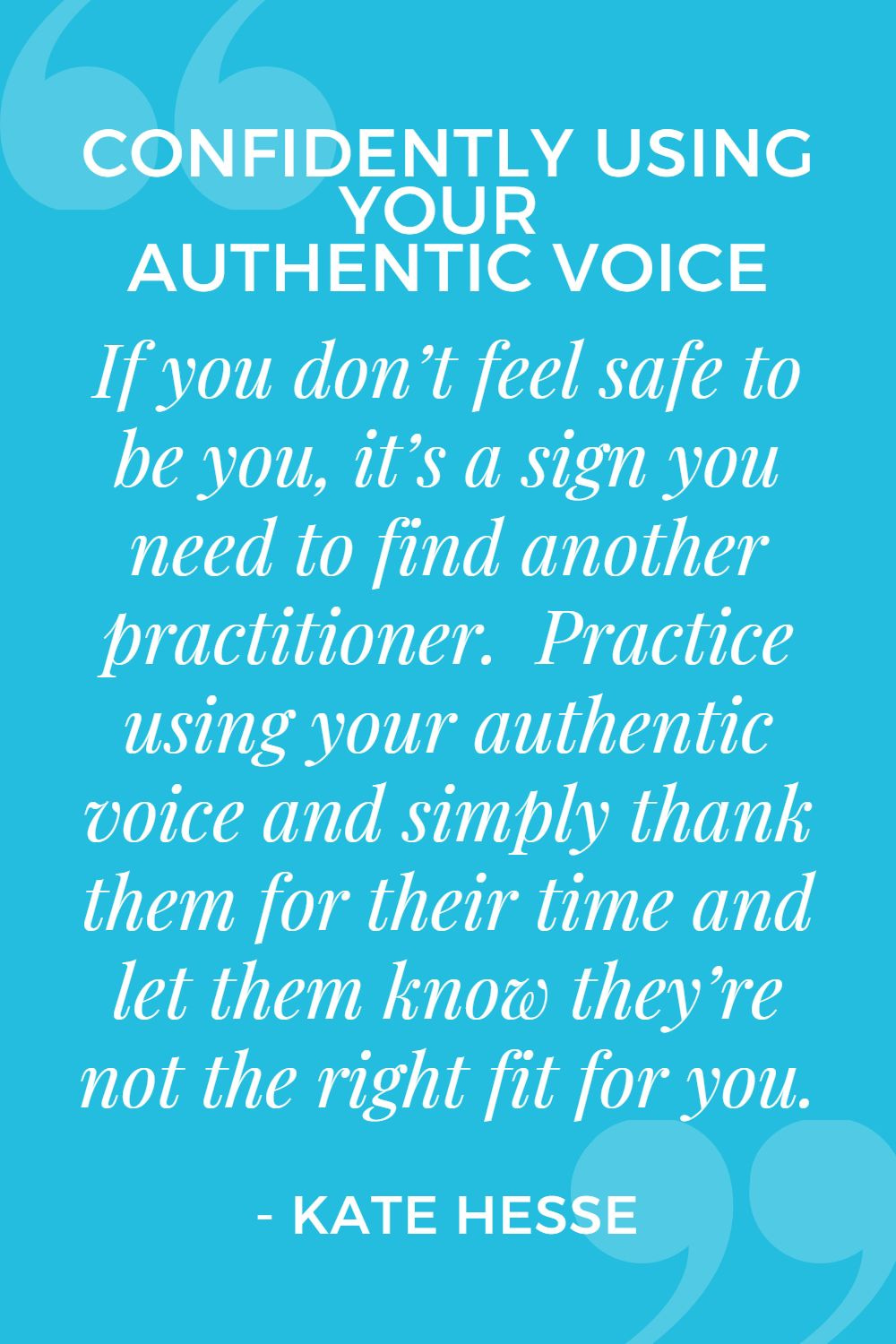 Often I offer tools and techniques you can do with little more than some quiet time and a piece of paper and something to write with.
Often I offer tools and techniques you can do with little more than some quiet time and a piece of paper and something to write with.
But, it’s also important to recognize when to seek support.
There have been several techniques I’ve found to be incredibly helpful in assisting me in learning to speak my authentic voice with confidence. Many of these techniques have been provided as services I’ve received in working with teachers and practitioners.
I’ve worked with coaches and therapists. With a shamanic practitioner. I’ve received energy healing sessions including Emotion Code and Reiki. Been the recipient of massages targeted at emotional release and healing. I’ve received craniosacral, polarity and hypnotherapy treatments.
I’ve also utilized guided meditations and visualizations, guided Tapping practices, and have taken classes from countless yoga teachers.
All of these tools and techniques have helped me find greater comfort and ease with who I am. To heal old wounds, to uncover old stories and beliefs, and to release things that no longer serve me. And as each of those layers is shed, I’ve become more and more comfortable and confident using my authentic voice.
What techniques are right for you
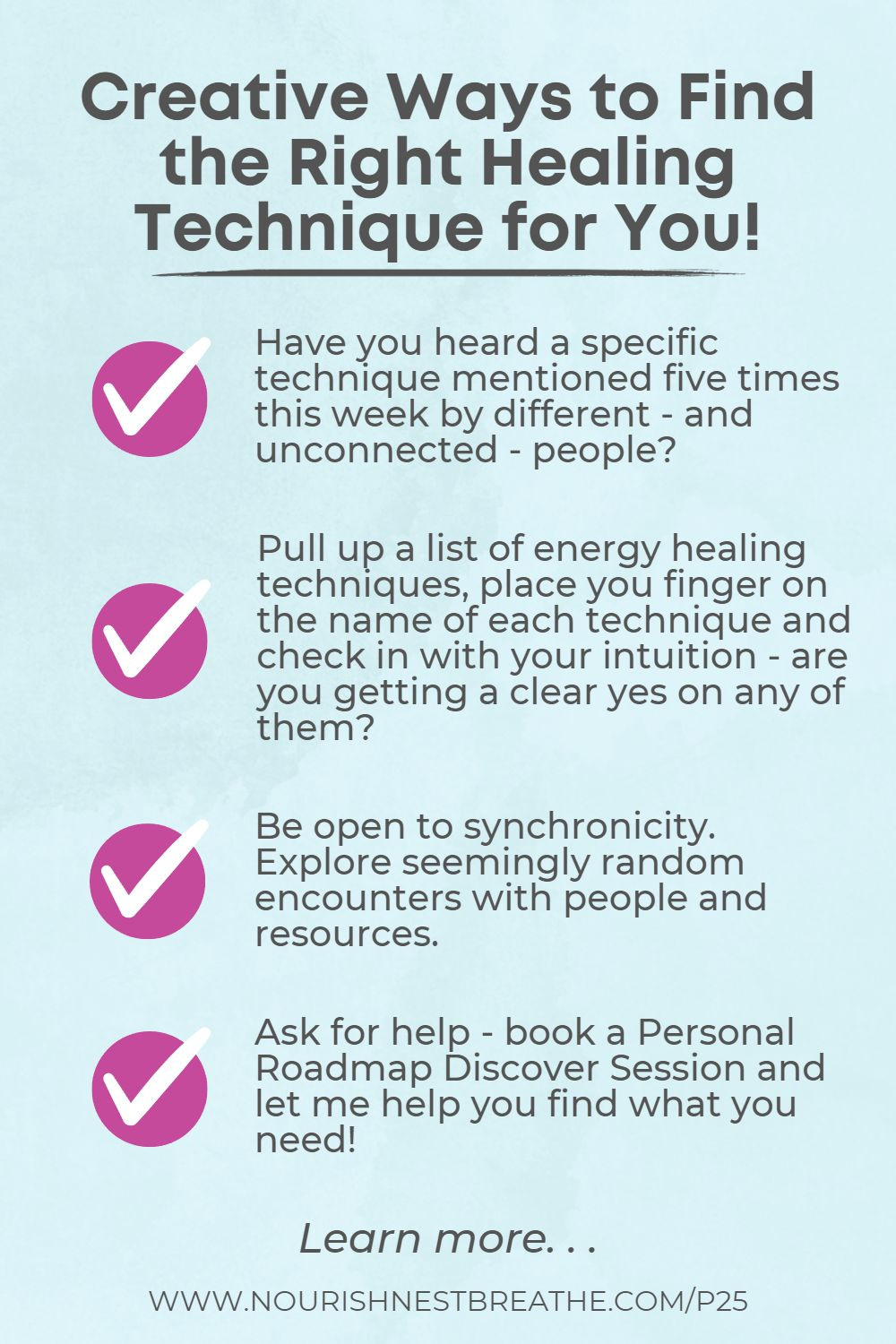 Maybe you’re familiar with some of the techniques I just mentioned. Maybe you’re not. It might feel like an overwhelming list of techniques and you have no idea where to start.
Maybe you’re familiar with some of the techniques I just mentioned. Maybe you’re not. It might feel like an overwhelming list of techniques and you have no idea where to start.
First, I want to remind you I’ve been on this journey of focused personal development for over a decade. I didn’t utilize every single one of those techniques last week. I’ve added tools and techniques to my toolkit over time. Some become long-term habits, others I may work with for a more limited period of time.
Which technique is right for you right now?
Here are a few suggestions to figure out which technique(s) might be the right one for you to work with right now.
- Is there one that just jumps out to you. Maybe when I said the name of a technique a great big yes just bubbled up inside you. Perhaps you’ve heard about a specific technique mentioned five times this week by different – and unconnected – people. Start there.
- Maybe nothing sticks out to you right now. Try pulling up a list of energy healing techniques or scroll back up to the list I just mentioned. Place you finger on the name of each technique and check in with your intuition – are you getting a clear yes on any of them? Start there.
- Be open to synchronicity. Maybe you meet a friend’s roommate – they happen to be a Reiki master and you get a great feeling about them. Consider booking a session with them.
- Still not sure? Book a Personal Roadmap Discovery Call with me – and I’ll help you navigate the resources out there to narrow down the list to a few techniques that might be a good fit for you!
When you work with anyone, you should feel safe to be you. If you don’t feel safe, it’s a sign you need to find another practitioner. Here’s a great opportunity to practice using your authentic voice and simply thank them for their time and let them know they’re not the right fit for you.
How to speak your authentic voice with confidence
We covered a lot today – to recap – in order to confidently speak with your authentic voice, you need to not only identify but also release the old stories which have been muffling that authentic voice.
You need to Identify your cheerleaders and work on building your confidence through using your authentic voice with people you feel safe with. It’s important to release not only the mental restrictions on your authentic voice, but also any physical ones as well – don’t forget I’ve put together a yoga sequence to help you do that (watch it above or on YouTube).
And finally – there are countless different techniques which can help you release some of these things mentally, physically, and energetically – seek out practitioners and techniques that resonate with you.
The more you speak with your authentic voice, the easier it will be to do so with confidence. BUT, just like any muscle, it takes practice to build up this strength – offer yourself the grace to not always get it right every time. You’re human and that means you won’t always get it right on the first try.
And remember – living your best life isn’t about changing your life – it’s about changing the way you show up for your life!
Show Notes
Mentioned in this Episode
Dive into the science behind your intuition.
Learn More and Register for Intuition 101 and save 25% with code PODCAST
Read more about Cheerleaders & Fearleaders.
Schedule a Personal Roadmap Discovery Session.
Get on the VIP list to have all podcast worksheets delivered to your inbox each Tuesday morning.
Submit your question to be featured on a future episode.
Related
Leave a Reply Cancel reply
This site uses Akismet to reduce spam. Learn how your comment data is processed.